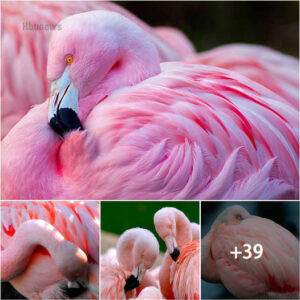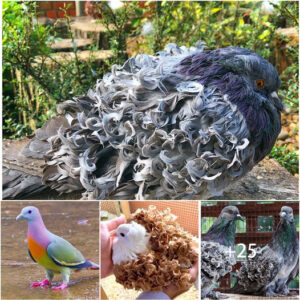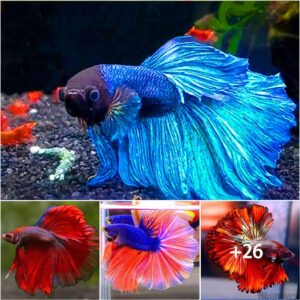
If you are looking for a stunning bird with unique characteristics, the Knysna turaco is definitely worth a look. This bird is native to South Africa and is known for its bright colors and fascinating behavior. In this article, we will give you an introduction to the Knysna turaco, including its appearance, behaviour, habitat and conservation status.
×The Knysna turaco is a medium-sized bird with iridescent blue-green plumage and a bright yellow head. It has a long, curved beak and strong legs. These turacos are found in small flocks and are quite sociable, frequently calling and grooming each other.
Knysna turacos inhabit forests and woodlands in the coastal regions of South Africa. They feed on leaves, buds, flowers and fruits. Due to habitat loss from logging and agriculture, their population has decreased significantly. Conservation efforts are underway to protect remaining habitat and reintroduce the species to suitable areas.If you are interested in spotting these unique birds in the wild, the Knysna region is your best bet. With their striking colors and social nature, Knysna turacos are a delight to observe in their natural environment. I hope you found this introduction to these fascinating birds informative! Let me know if you have any other questions.
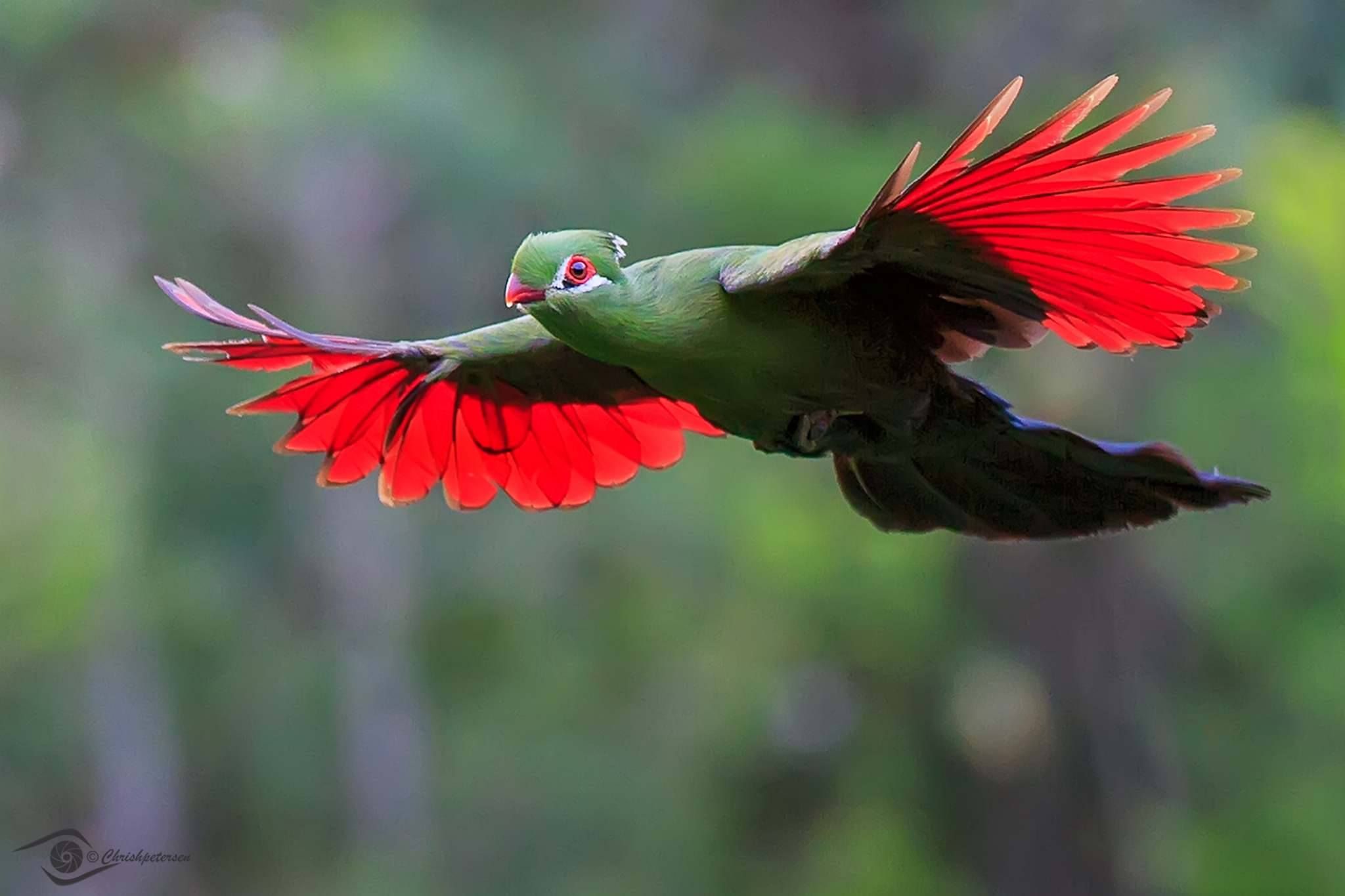
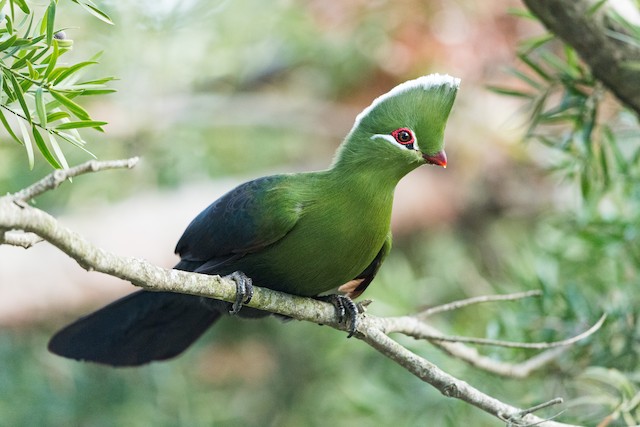
AppearanceThe Knysna turaco is a medium-sized bird, measuring about 45 cm in length and weighing between 200 and 300 grams. It is known for its striking appearance, with bright green and purple feathers, a red crest on its head, and a long, curved beak. Its wings are a deep blue, while the tail is a bright crimson. The Knysna turaco’s eyes are yellow, which adds to its unique appearance.This colorful turaco lives in the forests of South Africa. With its iridescent plumage and distinctive features, the Knysna turaco is a striking resident of the treetops. Although not the largest of the turacos, its vibrant colors and bold patterns make it an unmistakable species. The Knysna turaco feeds on fruits, leaves, shoots and insects, and lives a largely solitary life high in the canopy.

BehaviorThe Knysna turaco is a social bird that lives in pairs or small groups. It is arboreal, meaning it spends most of its time in trees, and is a strong climber, using its strong legs and feet to move between branches. It is also known for its distinct vocalizations, which include a variety of calls and songs.The Knysna turaco inhabits the forests of its native range, where it feeds on leaves, buds, flowers and fruits. Although usually alone or in pairs, larger groups may form on reliable food sources. This medium-sized turaco has iridescent plumage and a long, graduated tail that is often spread and displayed. Its beak is robust and curved, adapted to grasp and tear off foliage. The Knysna turaco communicates through a variety of whistles, trills and other vocalizations that serve to defend territories, establish contact with group members and warn of predators.
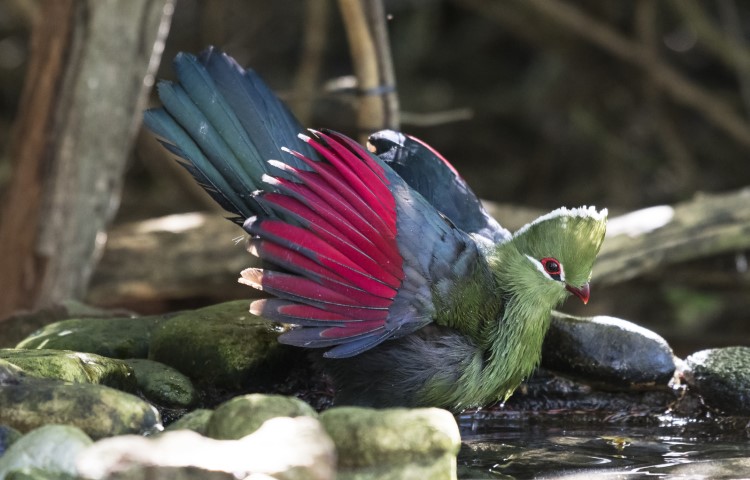
HabitatThe Knysna turaco is found in the coastal forests of South Africa, specifically in the Knysna and Tsitsikamma areas. It prefers dense evergreen forests and is often seen near rivers and streams. The habitat of the Knysna turaco is threatened due to deforestation and fragmentation, which has led to a decline in its population.
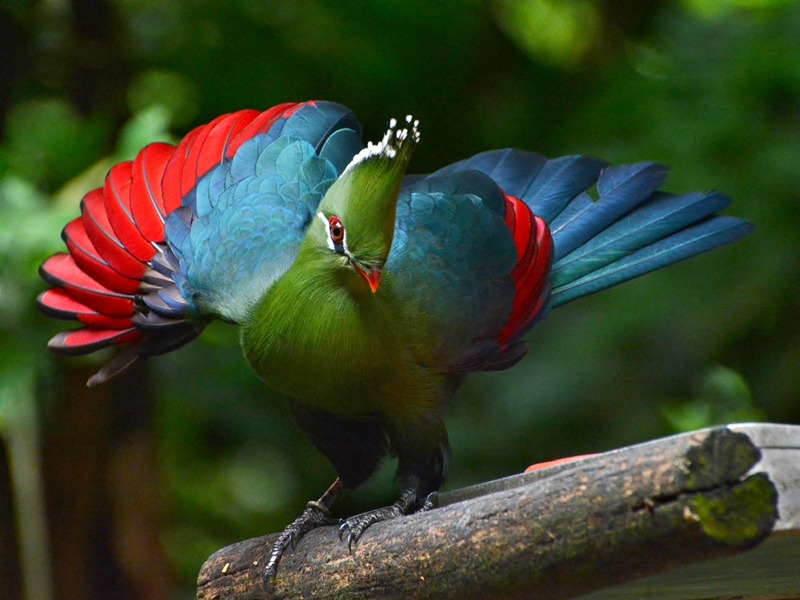
State of conservationThe Knysna turaco is currently classified as “Near Threatened” on the International Union for Conservation of Nature (IUCN) Red List. This is due to habitat loss, as well as hunting and trapping for the pet trade. Conservation efforts are underway to protect the habitat of the Knysna turaco and prevent further population decline. These efforts include establishing protected areas and promoting sustainable forestry practices.
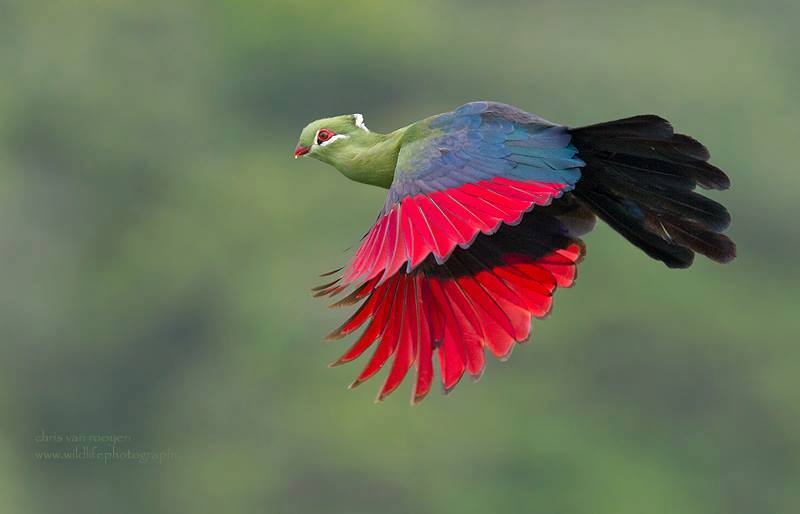
We need to pay attention to and protect the conservation status of the Knysna turaco to ensure the survival of this special bird species. It is necessary to conserve their habitat, as well as monitor and control illegal hunting and trading activities. Furthermore, educating and raising awareness about the value of local bird species is essential to help protect the Knysna turaco and other bird species in South Africa.


